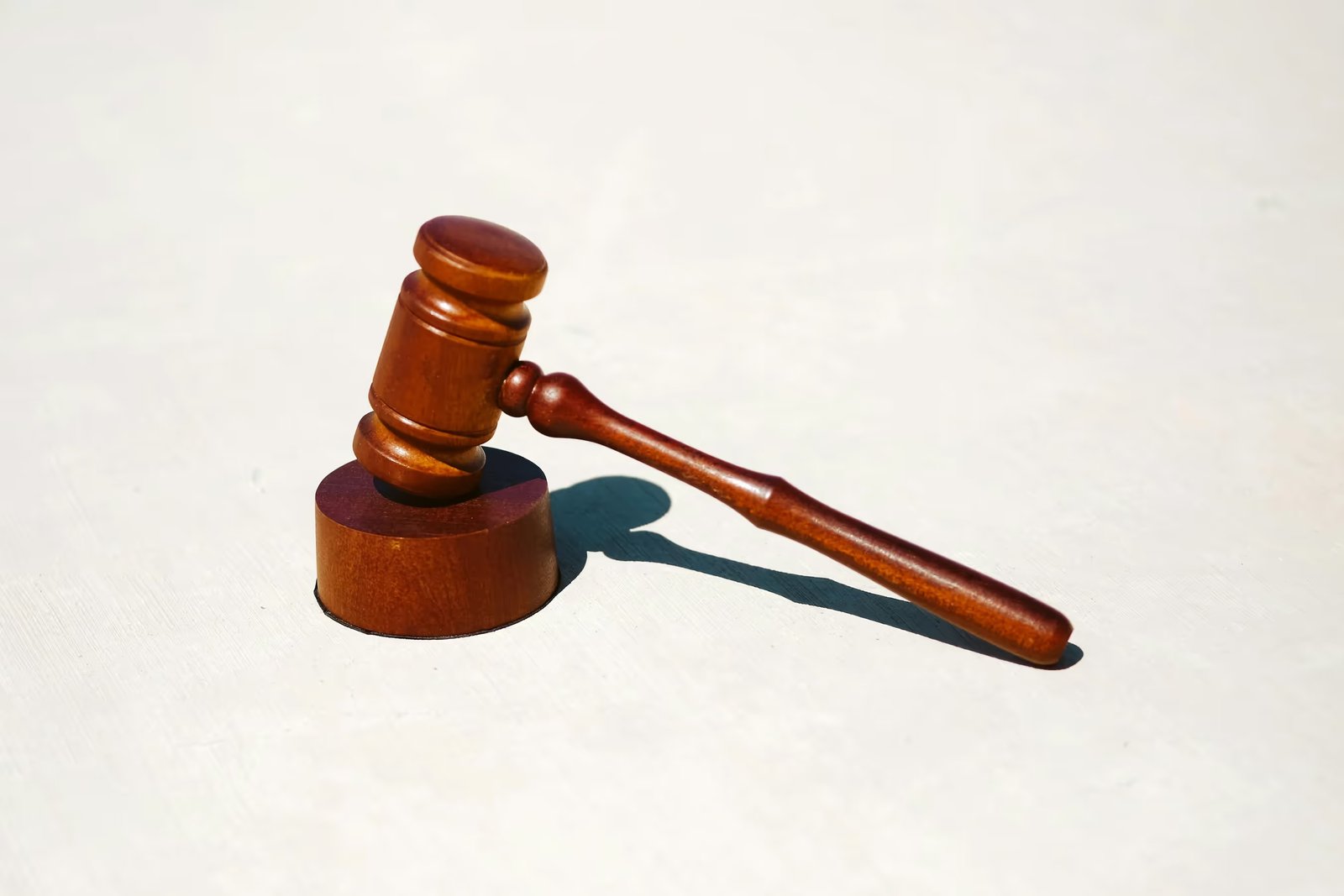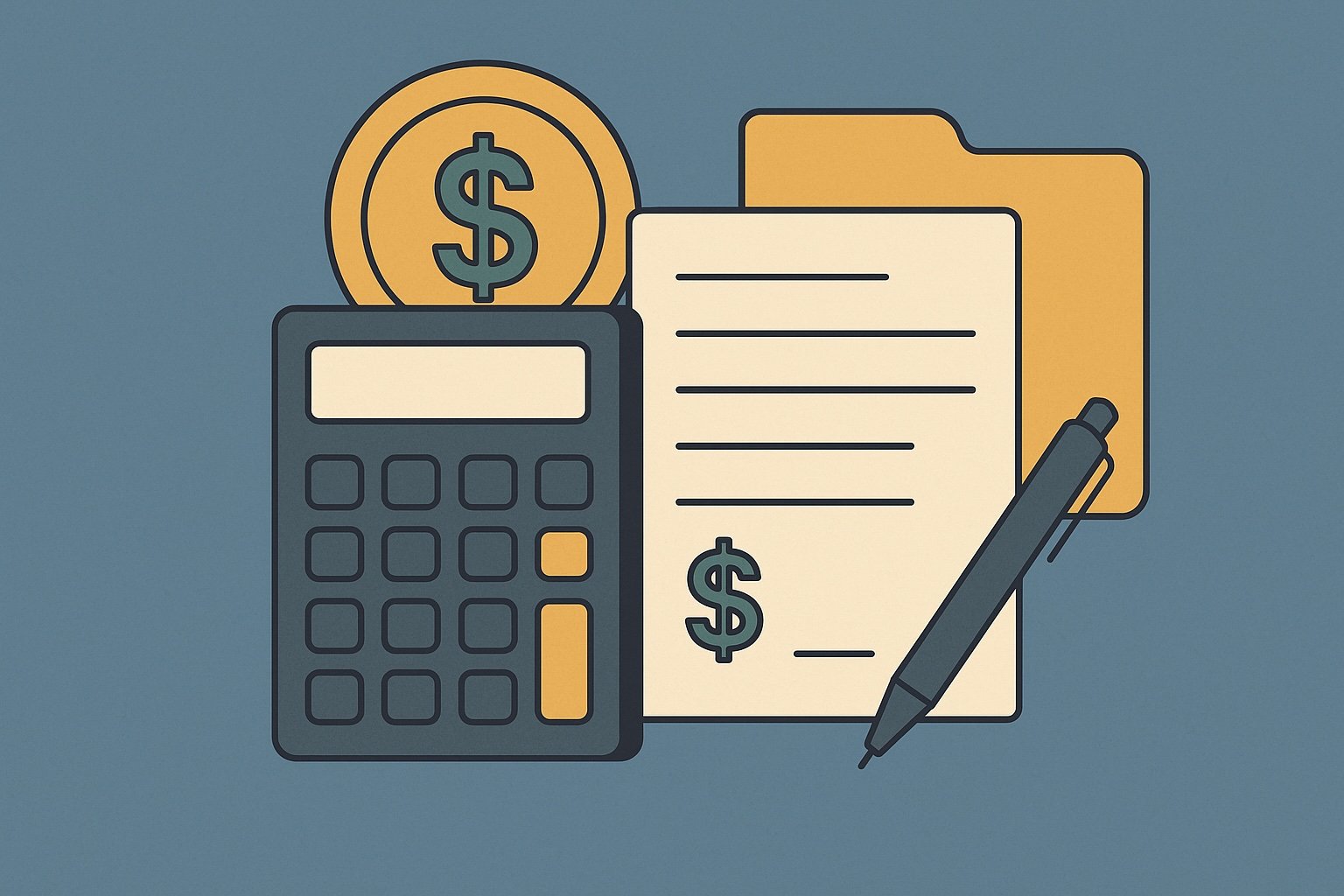Question
ARTE's Answer
Excess basis in a 1031 exchange refers to the situation where the basis of the replacement property exceeds the basis of the relinquished property. This can occur when additional cash or other non-like-kind property (boot) is added to the exchange, or when the replacement property is acquired for a higher value than the relinquished property. Understanding how excess basis works is crucial for accurately calculating the basis of your new property and ensuring compliance with IRS regulations.
When you engage in a 1031 exchange, the goal is to defer capital gains taxes by exchanging like-kind properties. The basis of the replacement property is generally the same as the basis of the relinquished property, adjusted for any additional cash paid, boot received, or gain recognized. The formula for calculating the basis of the replacement property is:
Basis of Replacement Property = Adjusted Basis of Relinquished Property + Additional Cash Paid + Gain Recognized - Boot Received
Let's break this down with an example using Deferred.com as your qualified intermediary:
Imagine you own a rental property with an adjusted basis of $200,000. You decide to sell this property for $400,000 and use Deferred.com to facilitate a 1031 exchange. You identify a replacement property worth $500,000. To complete the exchange, you use the $400,000 proceeds from the sale of your relinquished property and add an additional $100,000 in cash to acquire the replacement property.
Here's how the basis calculation would work:
- Adjusted Basis of Relinquished Property: $200,000
- Additional Cash Paid: $100,000
- Gain Recognized: $0 (since the exchange is structured to defer all gain)
- Boot Received: $0 (no non-like-kind property or cash received)
Using the formula:
Basis of Replacement Property = $200,000 (Adjusted Basis) + $100,000 (Additional Cash) + $0 (Gain Recognized) - $0 (Boot Received) = $300,000
In this example, the excess basis is the additional $100,000 you paid to acquire the replacement property. This excess basis increases the overall basis of your new property to $300,000. This higher basis can be beneficial for future depreciation calculations and can impact your tax situation when you eventually sell the replacement property.
At Deferred.com, we ensure that your 1031 exchange is structured correctly, helping you to maximize your tax deferral benefits while accurately calculating the basis of your replacement property. By using our "No Fee Exchange" service, you save money on intermediary fees, allowing you to invest more into your replacement property and potentially increase your excess basis.
Have more questions? Call us at 866-442-1031 or send an email to support@deferred.com to talk with an exchange officer at Deferred.
Sources
- What To Do About Exchange Expenses in a Section 1031 Exchange? (Article)
- Goolsby v. Commissioner
- Rev. Rul. 2002-83 (Related Party Exchanges)
- TAM 200039005 (Failed Reverse Exchanges)
- Rev. Rul. 2003-56 (Exchange with Partnership Straddling Two Income Tax Years)
- Deferring Losses On The Sale of Property Using 1031 Exchanges
- 1.1031(d)–1 (IRS Code of Federal Regulations)
- TD 8535 (Like-Kind Exchanges of Real Property-Coordination with Section 453)
1031 Question? Ask ARTE
Deferred's AI 1031 Research Assistant is trained on 8,000+ pages of US tax law and outperforms human CPAs by 22%+
CHAT NOW
Learn More
See more frequently asked questions about 1031 exchanges








